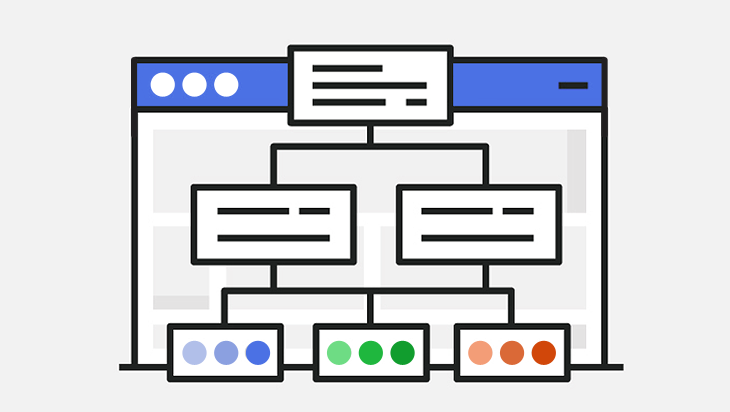A sitemap, in the context of SEO (Search Engine Optimization), refers to a file or page that provides a structured list of all the URLs (Uniform Resource Locators) on a website. This file is designed to help search engines navigate and understand the content of a site more efficiently. The primary purpose of a sitemap in SEO is to enhance the website’s visibility and indexing by search engines.
In the world of search engine optimization (SEO), site maps play a crucial role in improving the visibility and accessibility of a website. A site map is essentially a list of all the pages on a website, providing search engines with valuable information about the structure and content of the site. In this blog post, we will discuss the importance of site maps for SEO and how they can benefit your website’s overall search engine rankings.
## The Benefits of Having a Site Map
Having a Minishortner.com what is site map for seo is highly beneficial for SEO purposes. Firstly, it allows search engines to easily navigate and crawl through your website’s pages. By providing a clear and organized structure of your site, search engine bots can index your content more efficiently, leading to better visibility in search engine result pages (SERPs).
Furthermore, site maps provide an opportunity to inform search engines about any updates or changes made to your website. Whenever you add new content, modify existing pages, or remove outdated information, a site map helps search engines discover and index these changes promptly. This ensures that your website’s latest content is reflected in search results, increasing the chances of attracting organic traffic.
## XML Sitemaps vs. HTML Sitemaps
There are two main types of site maps: XML sitemaps and HTML sitemaps. XML sitemaps are specifically designed for search engines and are written in XML language. They provide a comprehensive list of URLs on your website along with additional information such as the last modification date and the importance of each page. XML sitemaps are typically submitted to search engines through their webmaster tools.
On the other hand, HTML sitemaps are intended for human visitors and are usually found in the footer or sidebar of a website. Unlike XML sitemaps, HTML sitemaps are user-friendly and provide a hierarchical view of the site’s pages. They serve as a navigational aid, helping visitors easily find the content they are looking for. While HTML sitemaps do not directly impact search engine rankings, they contribute to a positive user experience, which indirectly affects SEO.
Here are key aspects of a sitemap for SEO:
Structure and Format:
XML Sitemap: This is the most common type used for SEO. It is a file written in Extensible Markup Language (XML) that lists URLs along with additional metadata about each URL (like the last update, frequency of changes, and priority).
HTML Sitemap: This is a human-readable version of the sitemap, often linked in the footer of a website, providing an organized overview of the site’s structure.
Benefits for SEO:
Improved Crawling: Search engine bots use sitemaps to discover and crawl all the pages on a website efficiently. This is particularly useful for large websites with complex structures.
Indexing Assistance: A sitemap helps search engines understand the hierarchy and relationships between different pages, aiding in better indexing of content.
Freshness Indication: Including information about the last modification date of a page helps search engines prioritize crawling recently updated content.
Inclusion of Different Content Types:
A sitemap can include various types of content, such as web pages, images, videos, and news articles. This ensures that different types of content are appropriately indexed.
Submission to Search Engines:
Webmasters often submit their sitemaps directly to search engines (like Google Search Console or Bing Webmaster Tools). This alerts search engines to the presence of the sitemap and encourages prompt crawling and indexing.
Dynamic and E-commerce Sites:
For dynamic websites or those with frequently changing content, a well-structured sitemap becomes even more critical. It helps search engines keep up with updates and changes.
Errors and Warnings:
Webmasters can monitor their sitemaps for errors and warnings. For example, if a page is not accessible or has issues, the sitemap can provide insights into potential problems.
In summary, a sitemap is a valuable tool in the SEO toolkit, aiding search engines in efficiently discovering and indexing the content of a website. Smart Square HMH While search engines can still crawl and index a site without a sitemap, providing one helps ensure a more thorough and accurate representation of the website in search engine results.
## Conclusion
In conclusion, site maps are essential for SEO as they enhance the visibility and crawlability of your website. By providing search engines with a clear structure of your site, site maps enable them to index your content more effectively. Additionally, regularly updating your site map ensures that search engines are aware of any changes or updates made to your website. So, if you want to improve your website’s SEO performance and attract organic traffic, be sure to include a site map in your SEO strategy.

